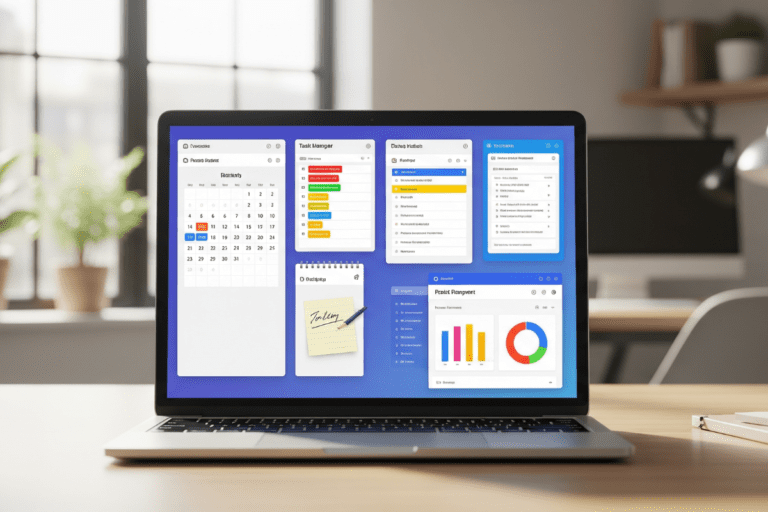How to Structure Meals for Better Brain Function
If you want sustained mental clarity, stable energy, and sharper focus, you need to structure meals for better brain function. This isn’t about trendy diets. It’s about building a consistent framework for what, when, and how you eat—aligned with your brain’s peak performance needs.
Why You Should Structure Meals for Better Brain Function
Your brain doesn’t run on chaos. It runs on rhythm. Studies show that irregular eating habits can impair memory, reduce attention span, and disrupt neurotransmitter balance. In contrast, when you structure meals for better brain function, you create predictable fuel delivery—and predictable performance.
“Consistent inputs create consistent outputs.”
The quality of your cognitive output is deeply tied to the structure of your inputs—meals, sleep, and dopamine regulation.
Meal Timing for Cognitive Performance: How Often and When to Eat
When you eat is just as important as what you eat. This is where the concept of meal timing—and even fasting windows—enters the conversation.
Many high performers use intermittent or time-restricted eating (TRE), where food is consumed within a specific window of the day (typically 8–12 hours). Whether or not you fast, consistency is key. Aligning your meals with your circadian rhythm improves focus, memory, and energy regulation.
Eating Frequency and Brain Focus
For most people aiming to optimize cognition, 4–6 smaller meals evenly spaced across the day help stabilize glucose levels and support mental stamina. But this isn’t one-size-fits-all—experiment with spacing, track your mental output, and find what sharpens you.
Consistent Meal Schedule and Brain Health
Eating at the same times daily trains your brain and body to anticipate fuel—boosting clarity, emotional regulation, and cognitive flexibility.
- First meal of the day: Whether you fast or not, break that fast with clean protein, fats, and light carbs.
- Midday: This is when most people perform at their peak. Fuel accordingly.
- Evening: Lighter, low-glycemic meals aid recovery and deeper sleep.
Meal Composition That Supports Brain Focus
To structure meals for better brain function, you must focus on macronutrient quality and personal alignment.
Focus-Friendly Macronutrients
- Protein: Supports neurotransmitters like dopamine and serotonin.
- Healthy fats: Fuel memory and reduce inflammation.
- Complex carbs: Stabilize glucose and avoid energy crashes.
Individualized Nutrition vs. One-Size-Fits-All
While the Mediterranean diet is widely praised, many high performers thrive on red meat-centric approaches. What matters is performance consistency. Use structured eating as a system to track what fuels your focus.
Structure Meals Using Time-Restricted Eating & Chrononutrition
Time-restricted eating (TRE) is a practical way to structure meals for better brain function. It means eating all your meals within a consistent daily window—usually 8–12 hours.
This method aligns with chrononutrition, the science of syncing meals with your body’s circadian rhythm. Benefits include:
- Enhanced working memory
- Improved metabolic clarity
- Fewer attention dips
Eating in alignment with your biological clock supports sharper cognition and better recovery.
A Structured Daily Meal Framework for Peak Performance
Let’s put this into action. Use this sample schedule to structure meals for better brain function without complexity:
Sample Daily Meal Schedule
- 8:00 AM – Protein-rich breakfast (eggs, avocado, greens)
- 11:30 AM – Snack (nuts, berries, electrolytes)
- 2:00 PM – Strategic lunch (red meat or fish, complex carbs)
- 5:30 PM – Light dinner (leafy greens, clean protein, olive oil)
- 8:00 PM (optional) – Slow-digesting snack (casein protein, fruit)
Track how each meal impacts your output. Adjust inputs. Refine your rhythm.
Sleep, Dopamine, and Structured Meal Timing
To truly structure meals for better brain function, timing must support your brain’s dopamine system and sleep architecture.
Why Consistency = Clarity
Inconsistent meal and sleep times disrupt hormonal patterns. Flooding the brain with dopamine through hyper-palatable food or sugar before a work sprint sets you up for distraction.
Don’t spike dopamine if you expect depth.
Plan inputs like you plan outputs—intentionally.
Tracking and Iterating Your Meal Structure
This isn’t guesswork. It’s experimentation.
Start Structured, Then Adjust
- Log meals, times, energy, focus quality.
- Watch for output cues: morning clarity, afternoon stamina, evening restfulness.
Performance-Driven Nutrition is Personalized
Use the “structure meals for better brain function” principle as your baseline. Then iterate with autonomy.
- Try time-restricted eating for two weeks.
- Shift meal sizes throughout the day.
- Remove caffeine and track differences.
Conclusion
To structure meals for better brain function is to design for performance. This isn’t about perfection. It’s about creating a repeatable system that aligns your biology with your ambition.
Your brain performs how you fuel it. Use structure to sharpen output.
Don’t just eat. Fuel with intention.







